The Discovery 5 launched with two now-outdated V6s. A mid-cycle redesign endowed recent models with an efficient, modern I4 or I6.
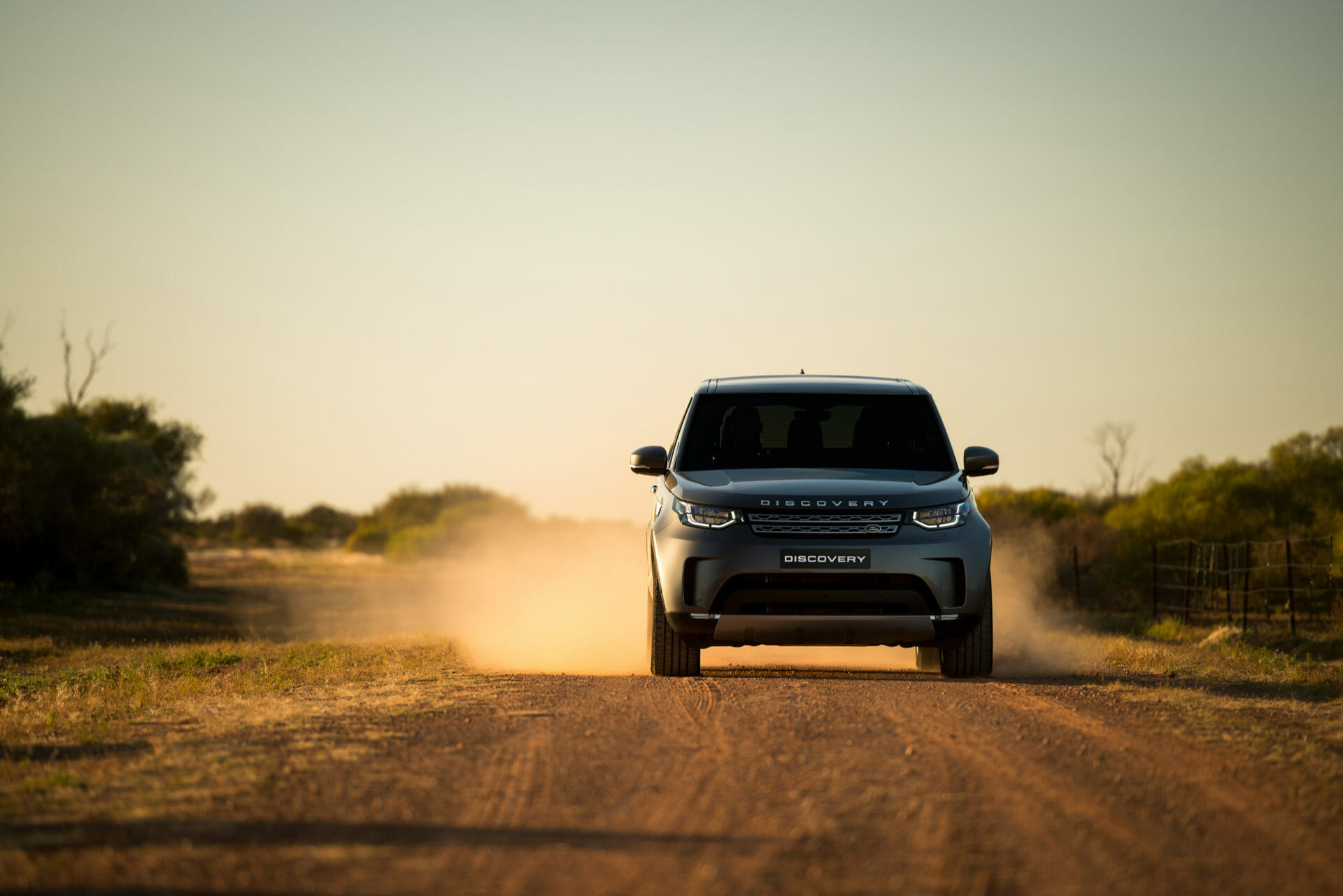
Land Rover built a world-renowned reputation on bare-bones 4x4s. The 1989 Discovery (nicknamed the Disco) sought to combine off-road capability with world-class luxury; this pioneering SUV charted the course of all future Land Rovers.
With the 2017 Land Rover Discovery, this beloved nameplate returned to the United States. Critics loved the new Discovery, also called the Discovery 5.
The auto experts over at Kelley Blue Book lauded the 2017 Discovery, calling it “still one tough and functional premium SUV…[that] reminds us more of a flagship Range Rover than the outgoing LR4.”
Here at Vehicle History, we compiled reviews by experts and drivers, concluding that the Discovery has a solid reliability rating.
Modern SUVs must keep up with highway traffic and are often called upon to tow a trailer. This article will explore the engine options for the Discovery 5, how much power each one makes, and the fuel efficiency they offer.
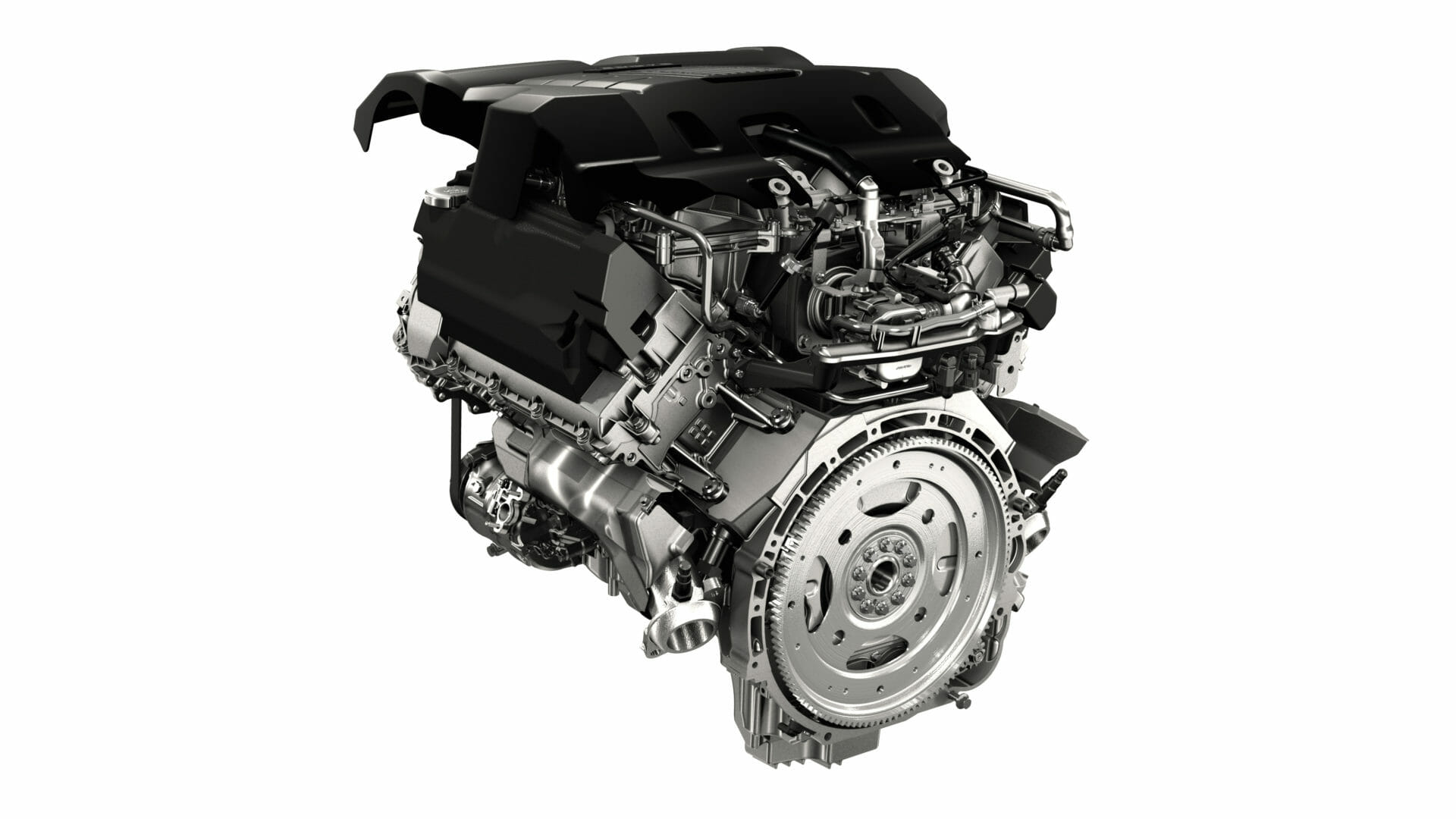
Supercharged Gasoline V6 (AJ126: 2017-2020)
When the Land Rover Discovery returned to the United States as the Discovery 5, it came standard with a supercharged engine: a 182.8 ci (3.0-Liter) petroleum-powered V6 dubbed the AJ126 by Jaguar Land Rover Automotive (JLR). This aluminum block power plant leverages a Bosch high-pressure direct injection system, including two Bosch fuel pumps and a Bosch engine control module (ECM).
The 24-valve V6 also boasts variable camshaft timing (VCT), allowing the ECM to adjust the intake and exhaust valve timing independently.
The resulting engine produces 340 horsepower at 6500 rpm and 332 lb.-ft. of torque at 3500 rpm. Paired with the eight-speed ZF automatic transmission, it can propel the 5,840-pound Discovery from zero to 60 mph in 6.3 seconds and tow 8,201 pounds.
The EPA rated the fuel economy of this supercharged V6 at 16 city/21 highway mpg (18 combined): it is the least efficient engine offered in any Discovery 5.
Reviewers were not thrilled with the supercharged V6. Car and Driver wrote, “The gas engine puts out more horsepower and torque than competitors’ engines but isn’t exactly the smoothest or most pleasant-sounding lump.”
The Car and Driver team hypothesized that the V6’s problems stem from being a V8 with two empty cylinders. To create the AJ126, the engineers at JLR mounted a pair of three-cylinder heads on an existing V8 engine block (from the AJ133 engine). The resulting power plant is excessively heavy for a V6, but its limitations do not end there.
Automakers have long known that arranging the two cylinder banks of a V8 engine at a 90-degree angle (a measurement known as the bank angle) best balances the moving components, thus reducing noise and vibration. But the optimal bank angle for a V6 engine is 60-degrees.
Despite JLR assembling each AJ126 with five main bearings and a counter-rotating balance weight at each end of the crankshaft, the resulting motor produces excessive vibration and noise for a modern motor vehicle.
JLR announced the engine family that would replace the AJ126 in 2014 but still installed the supercharged V6 in most Discoveries through the 2020 model year.
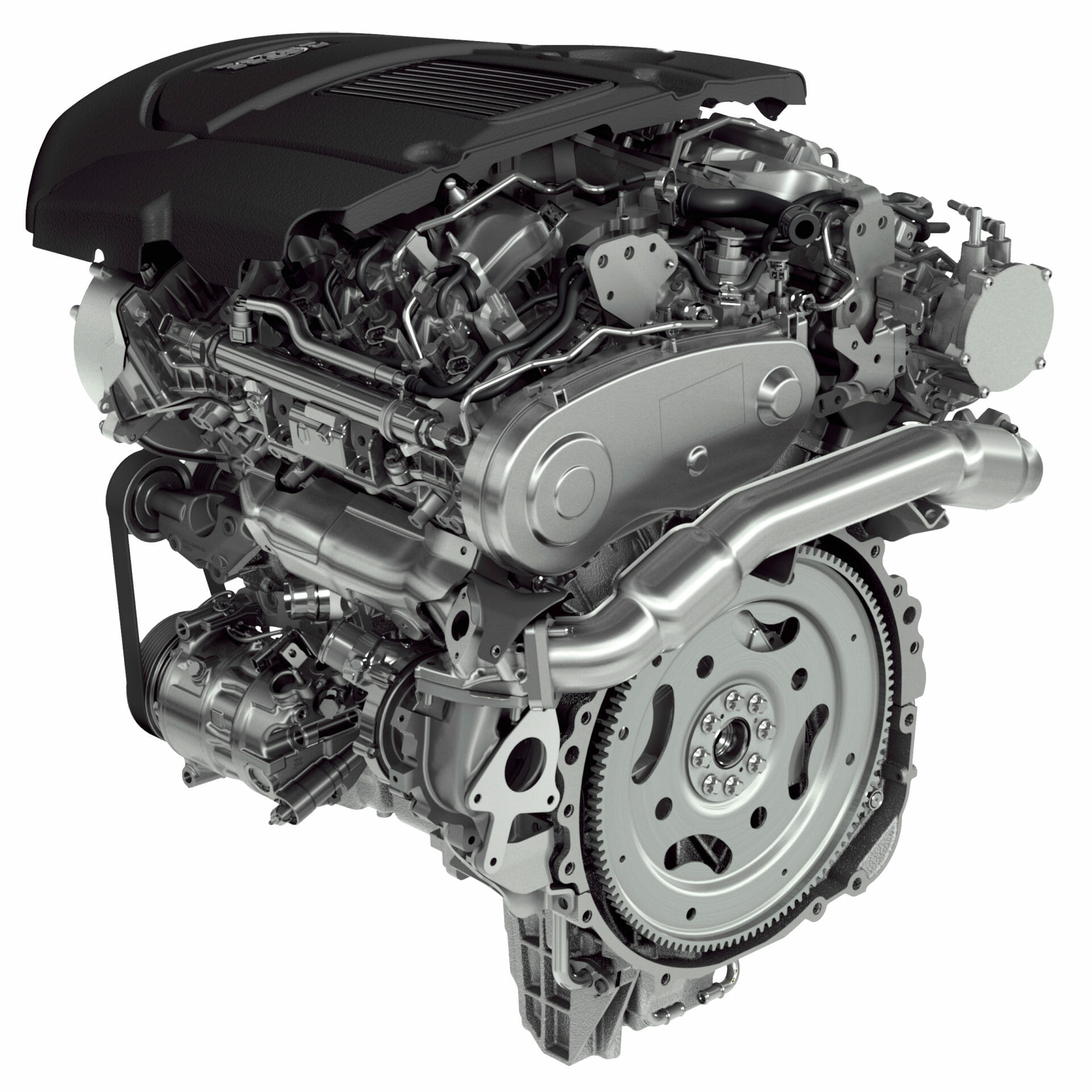
Turbocharged Diesel V6 (AJD-V6: 2017-2020)
The only diesel engine available in a Discovery 5 began life as a joint venture between Ford U.K., it’s then subsidiary JLR and Peugeot-Citroën. The resulting Lion Diesel was a family of V6 and V8 diesel engines. All Lion Diesel engines utilize compacted graphite iron (CGI) block construction for drastic weight savings.
These motors also feature twin overhead camshafts, an intercooler, and series-sequential twin turbochargers for a steady power curve.
Land Rover engineers honed the Gen III Lion Diesel V6 (christened the AJD-V6 by JLR) for off-road driving and towing. The resulting 182.6 ci (3.0L) turbo-diesel is a very different power plant than the version found in Fords and Peugeots.
The Land Rover engineers swapped the twin-turbochargers for a single, high-capacity turbocharger and mounted a larger fan to improve low-speed torque and cooling. They also designed a high-capacity oil sump with a system of baffles to maintain oil pressure while off-roading at extreme angles.
Finally, they upgraded the seals to multi-layered units for muddy, dusty or wet driving conditions. The AJD-V6 also uses Bosch common rail direct injection and a Bosch ECM.
In the Discovery, the AJD-V6 produces 254 hp and 443 lb.-ft. of torque. This engine option is the most efficient power plant offered in any Discovery 5. The EPA rated the fuel economy of the diesel Discovery at 21 city/26 highway mpg (23 combined).
According to critics, the Land Rover team successfully optimized the AJD-V6 for off-roading.
Car and Driver concluded, “Were we planning to do a lot of off-roading, we might pay the extra $2,000 for the diesel since you can ease into the plentiful torque when the going gets slow.”
The AJD-V6 endows the Discovery with an impressive towing capacity of 7,716 pounds but still falls 500 pounds short of the supercharged petroleum V6’s tow rating. The Land Rover diesel’s focus on low-speed power sacrifices highway drivability.
Car and Driver reported, “The diesel-powered Disco had a harder time gathering the necessary speed to pass slow-moving traffic.”
And Motor Trend concluded that the diesel Discovery takes 8.7 seconds to accelerate from zero to 60 mph.
The entry-level 2017 Land Rover Discovery SE was not available with the diesel engine. The AJD-V6 was an option on mid- and upper-trim Discoveries through the 2020 model year.
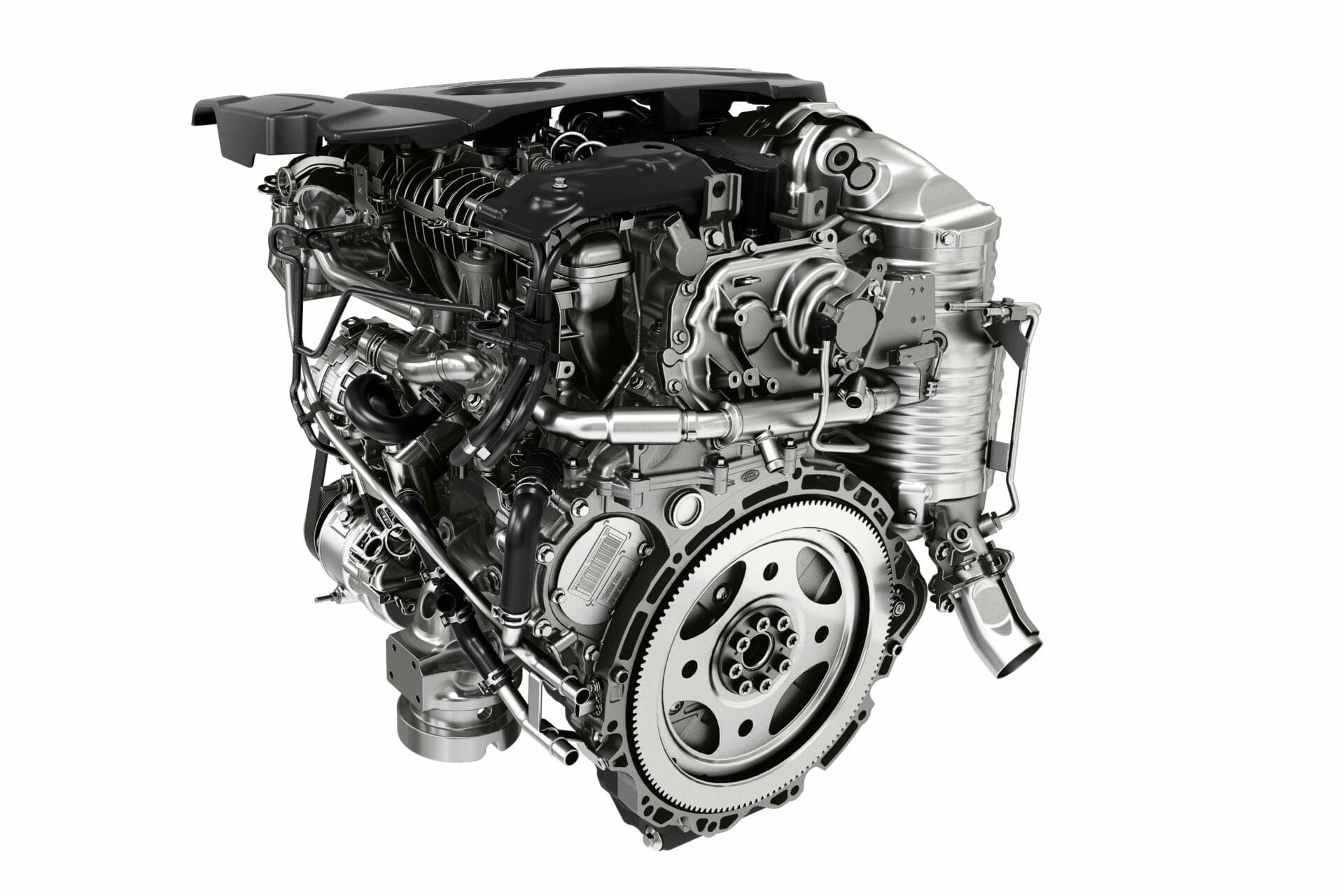
Turbocharged Gasoline I4 (P300: 2016-Present)
In 2015, JLR launched a brand-new engine family to replace the power plants of the automaker’s Ford-owned era. To share a single-engine family across its diverse vehicle lineup, JLR pioneered universal 500 cc cylinder modules and then arranged them into turbocharged I3, I4, I5, and I6 engines.
These next-generation engines boast low internal friction and enhanced adaptability through variable oil and water pumps controlled electronically, an expandable multi-circuit cooling system, and electronically controlled oil jets to cool the pistons.
JLR also licensed the award-winning Multiair/UniAir electro-hydraulic variable valve lift system pioneered by Stellantis. The technology armed the Ingenium engines with instantaneous control over air and gasoline intake for increased efficiency.
Two years before the return of the New Discovery (known as the Discovery 5), Land Rover debuted an entry-level SUV named the Discovery Sport. At launch, the 2015 Land Rover Discovery Sport featured a 2.0-liter Ford Ecoboost engine, which did not impress critics.
Car and Driver said, “The 2.0-liter turbocharged four feels overly stressed by the vehicle’s 4319 pounds, first lagging and then pouring on too much power when the boost arrives.”
Beginning with the 2016 Discovery Sport, Land Rover offered its entry-level SUV with the all-new 122 ci (2.0-L) turbocharged Ingenium I4, also known as the P300.
The P300 produces 240 horsepower and 250 lb.-ft. of torque in the Discovery Sport. The fuel economy is a respectable 20 city/26 highway mpg (22 combined). The Discovery Sport is rated to tow 4,409 pounds.
Land Rover maintains that the Discovery Sport and New Discovery are distinct models: While the Discovery Sport continued to feature the P300, JLR did not make the Land Rover Discovery available with the P300 engine until the vehicle’s mid-cycle redesign for the 2021 model year.
The base engine for the 2021 Land Rover Discovery is a version of the P300 tuned for 296 horsepower and 295 lb.-ft. of torque which allows the SUV to tow 6,613 pounds.
The I4 Discovery 5 can reach 60 mph in 6.9 seconds. This extra power comes at the cost of some fuel mileage: the EPA rated the fuel economy of the 2021 turbocharged four-cylinder at 19 city/22 highway mpg (21 combined).
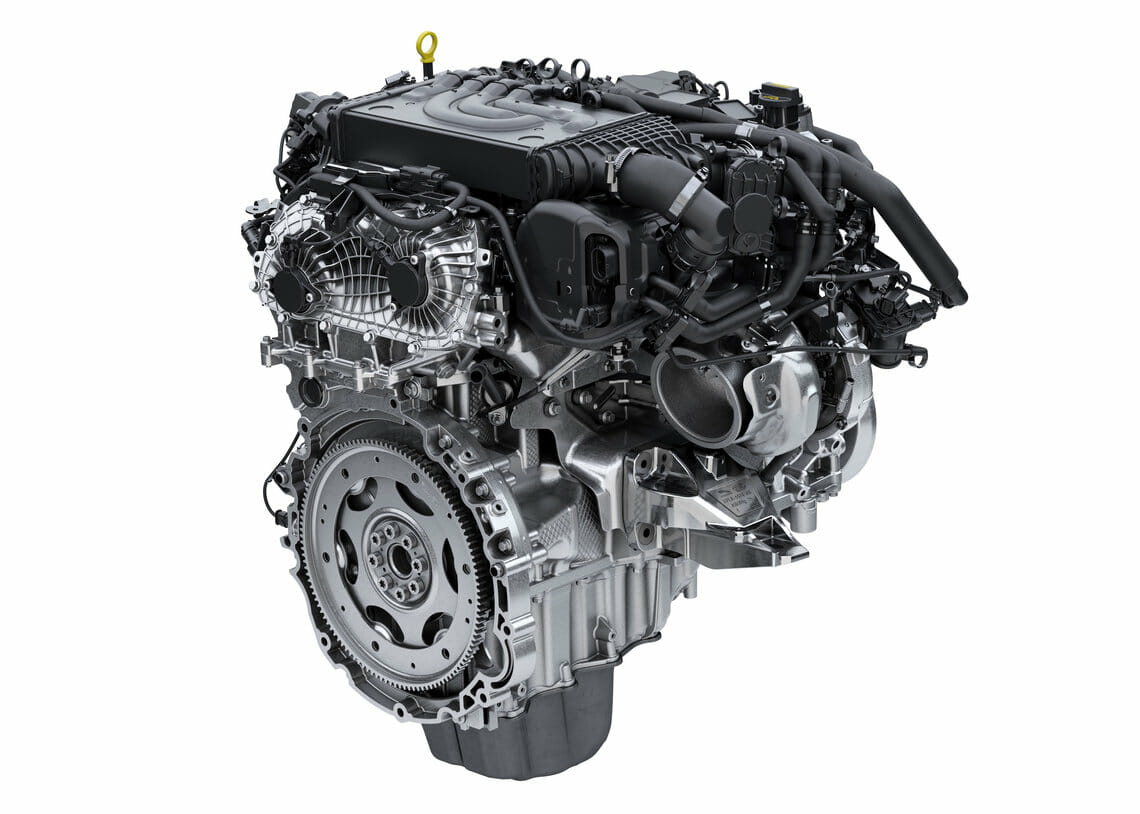
Hybrid Gasoline I6 (P360: 2021-Present)
The JLR engineers spent several years perfecting an Ingenium I6. Land Rover finally announced the P360 for the 2021 model year. The 182.9 ci (3.0L) engine features mild hybrid electric vehicle (MHEV) technology: a 48-volt power system integrated with a belt-driven starter/generator capable of moving the vehicle in stop-go traffic as well as an electric supercharger. The new engine uses technology similar to Mercedes-Benz’s “EQ Boost,” Audi’s MHEVs, and the Ram eTorque system.
This resulting Ingenium I6 achieved the same combined miles per gallon as its four-cylinder brother. The EPA rated the fuel economy of this 6-cylinder at 18 city/24 highway mpg (21 combined).
Equally impressive, the P360 offers 369 lb.-ft. of torque anywhere between 1750 and 5,000 rpm and produces 355 horsepower. A P360-equipped Discovery can tow 8,200 pounds or reach 60 mph in 6.2 seconds.
The result, according to a Top Gear test drive, is that “the new engines are a real step on from the motley collection that went before… the Disco is a car built for diesel power, and what a diesel this D300 is. Here we find a big car with the motor it was destined to marry: a 300bhp, 479 lb.-ft. bruiser that’s very nearly as quick as the petrol but that much more effortless doing so.”
The P360 is an option on the 2021 Discovery R-Dynamic S and standard on the HSE trim Discovery.
Photos: Land Rover